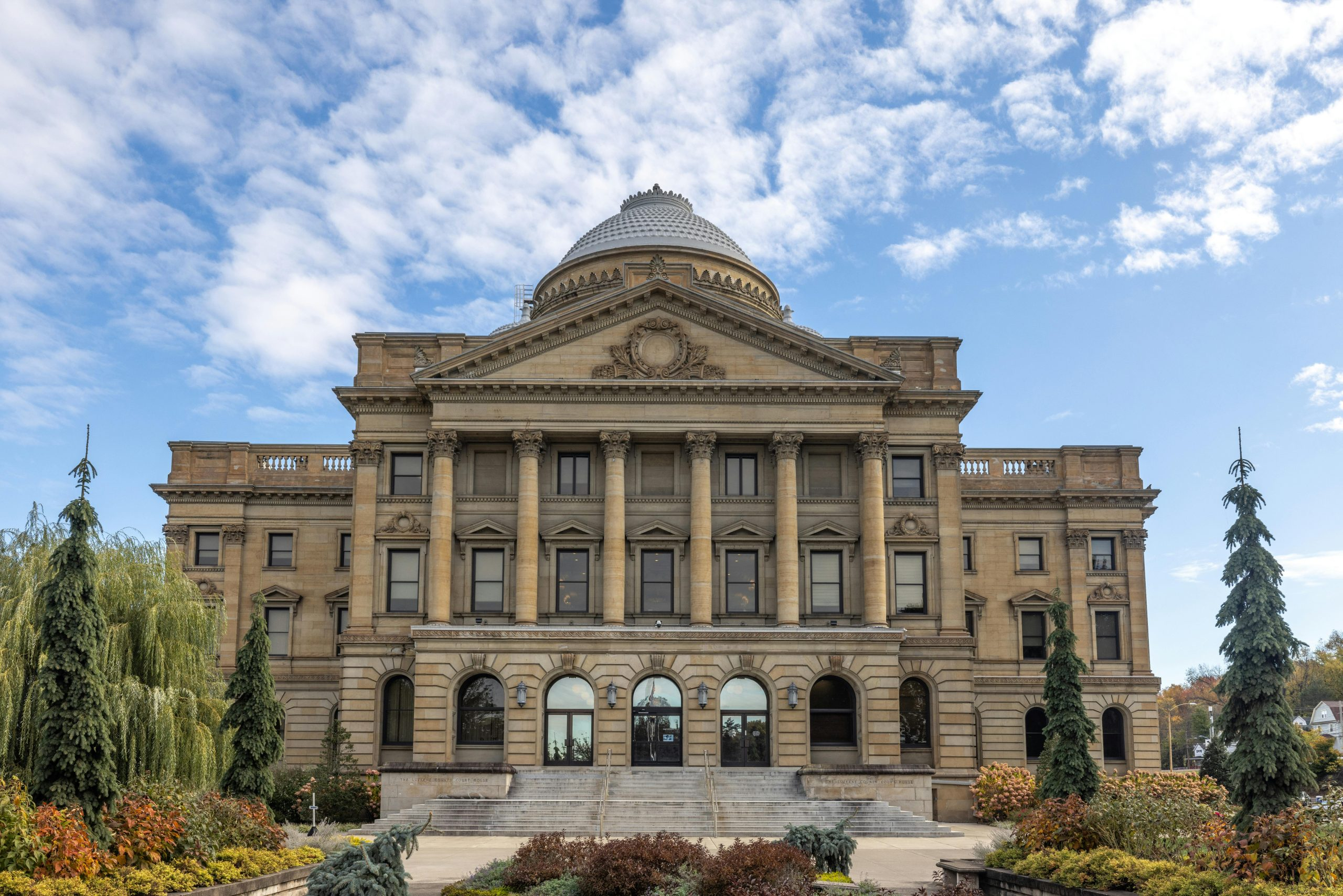The Future of Senior Living and Retirement Communities
As the baby boomer generation enters their golden years, the future of senior living and retirement communities has become a hot topic of discussion. With advancements in technology, changes in healthcare, and evolving attitudes towards aging, the landscape of senior living is expected to dramatically shift in the coming years. In this article, we will dive into the future of senior living and retirement communities and explore how these changes will impact our aging population. From innovative technologies to meaningful partnerships, let’s take a closer look at what lies ahead for our seniors.
The Rise of Smart Technology
Technology is rapidly advancing and it has the potential to significantly improve the lives of seniors in the future. As the senior population continues to grow, so does the demand for in-home care and support. This has led to the development of smart homes and devices specifically designed for seniors. From voice-activated assistants to remote health monitoring systems, these technologies aim to enhance the safety and well-being of seniors while allowing them to age in place.
Another exciting development is the use of virtual reality in senior living communities. This technology has the potential to improve memory, reduce pain, and decrease feelings of isolation amongst seniors. With the help of virtual reality, seniors can travel to new places, attend events, and connect with loved ones, all from the comfort of their homes. This not only promotes socialization but also promotes a sense of independence and adventure for seniors.
Shifting Attitudes Towards Aging
In the past, aging and retirement were often seen as a time of isolation and inactivity. However, this perception is quickly changing as people are living longer and wanting to maintain an active and engaged lifestyle in their later years. Senior living communities of the future will prioritize wellness and offer a variety of programs and amenities to support healthy aging.
One trend that is gaining popularity is the concept of “lifelong learning” in senior living communities. This involves offering educational classes and workshops specifically tailored to seniors, allowing them to continue learning and growing throughout their retirement years. This not only keeps their minds active but also promotes social interaction and a sense of purpose.
The Importance of Partnerships
In order to create a holistic approach to senior care, partnerships between senior living communities and healthcare providers will become increasingly important in the future. This will allow for a seamless transition of care and promote better health outcomes for seniors.
Another significant partnership that is emerging is the collaboration between senior living communities and universities. This unique partnership allows for seniors and students to interact and learn from each other, promoting a sense of intergenerational connection and understanding.
The Evolution of Retirement Communities
Gone are the days of cookie-cutter retirement communities that offer the same generic amenities to all their residents. The future of retirement communities will be much more diverse and personalized. With a growing focus on wellness and lifestyle, these communities will offer a range of activities and services to cater to the unique preferences of each resident.
Some retirement communities are already incorporating environmentally friendly designs and practices, promoting not only the well-being of their residents but also the health of the planet. Others are taking a more urban approach, creating retirement communities in the heart of bustling cities, allowing seniors to remain connected and engaged with their communities.
In Conclusion
The future of senior living and retirement communities is exciting and full of potential. With the advancements in technology, the changing attitudes towards aging, and the evolution of retirement communities, our seniors can look forward to a fulfilling and engaging retirement. By prioritizing wellness, promoting partnerships, and embracing diversity and individuality, these communities will continue to provide a supportive and enriching environment for our aging population.











